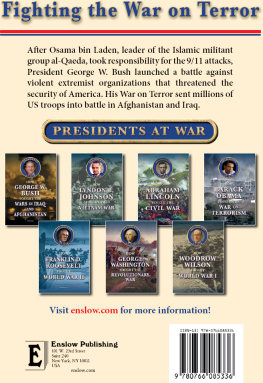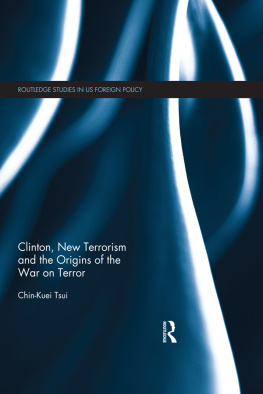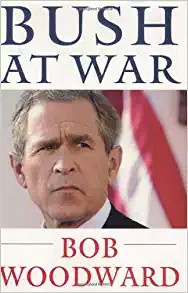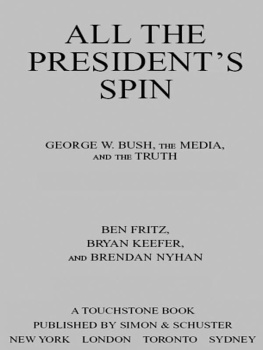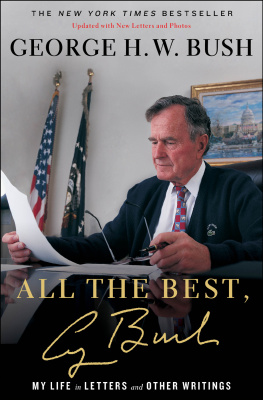

Published in 2018 by Britannica Educational Publishing (a trademark of Encyclopdia Britannica, Inc.) in association with The Rosen Publishing Group, Inc.
29 East 21st Street, New York, NY 10010
Copyright 2018 by Encyclopdia Britannica, Inc. Britannica, Encyclopdia Britannica, and the Thistle logo are registered trademarks of Encyclopdia Britannica, Inc. All rights reserved.
Rosen Publishing materials copyright 2018 The Rosen Publishing Group, Inc. All rights reserved.
Distributed exclusively by Rosen Publishing.
To see additional Britannica Educational Publishing titles, go to rosenpublishing.com.
First Edition
Britannica Educational Publishing
J.E. Luebering: Executive Director, Core Editorial
Andrea R. Field: Managing Editor, Comptons by Britannica
Rosen Publishing
Kathy Kuhtz Campbell: Senior Editor
Nelson S: Art Director
Brian Garvey: Series Designer
Alison Hird: Book Layout
Cindy Reiman: Photography Manager
Bruce Donnola: Photo Researcher
Supplementary material by Kenneth Zahensky
Library of Congress Cataloging-in-Publication Data
Names: Zahensky, Kenneth, editor.
Title: George W. Bush / edited by Kenneth Zahensky.
Description: First edition. | New York: Britannica Educational Publishing in Association with Rosen Educational Services, 2018. | Series: Pivotal presidents: profiles in leadership | Includes bibliographical references and index.
Identifiers: LCCN 2015048863 | ISBN 9781680486308 (eBook)
Subjects: LCSH: Bush, George W. (George Walker), 1946Juvenile literature. PresidentsUnited StatesBiographyJuvenile literature. | United StatesPolitics and government20012009Juvenile literature.
Classification: LCC E903.G463 2016 | DDC 972.931092dc23
LC record available at http://lccn.loc.gov/2015048863
Manufactured in the United States of America
Photo credits: Cover, pp. 3 (portrait), 7 Eric Draper/The White House; cover, p. 3 (background) Brooks Kraft/Corbis Historical/Getty Images; cover, pp. 1, 3 (flag) iStockphoto.com/spxChrome; pp. 11, 14 Handout/Hulton Archive/Getty Images; p. 12 Handout/KRT/Newscom; p. 16 White House Photo; p. 21 Shelly Katz/The LIFE Images Collection/Getty Images; pp. 24, 43 New York Daily News Archive/Getty Images; p. 26 Rhona Wise/AFP/Getty Images; p. 29 The White House/Hulton Archive/Getty Images; p. 31 Tim Sloan/AFP/Getty Images; pp. 34, 62 Spencer Platt/Getty Images; p. 35 The White House/Getty Images; p. 38 George W. Bush Library/NARA; p. 45 Ramzi Haidar/AFP/Getty Images; p. 47 Johan Charles Van Boers/U.S. Department of Defense; p. 48 Mario Tama/Getty Images; p. 51 Bloomberg/Getty Images; pp. 52, 59 AFP/Getty Images; p. 55 David McNew/Getty Images; p. 58 Paul Morse/The White House; p. 61 John Moore/Getty Images; p. 64 Getty Images; interior pages flag Fedorov Oleksiy/Shutterstock.com
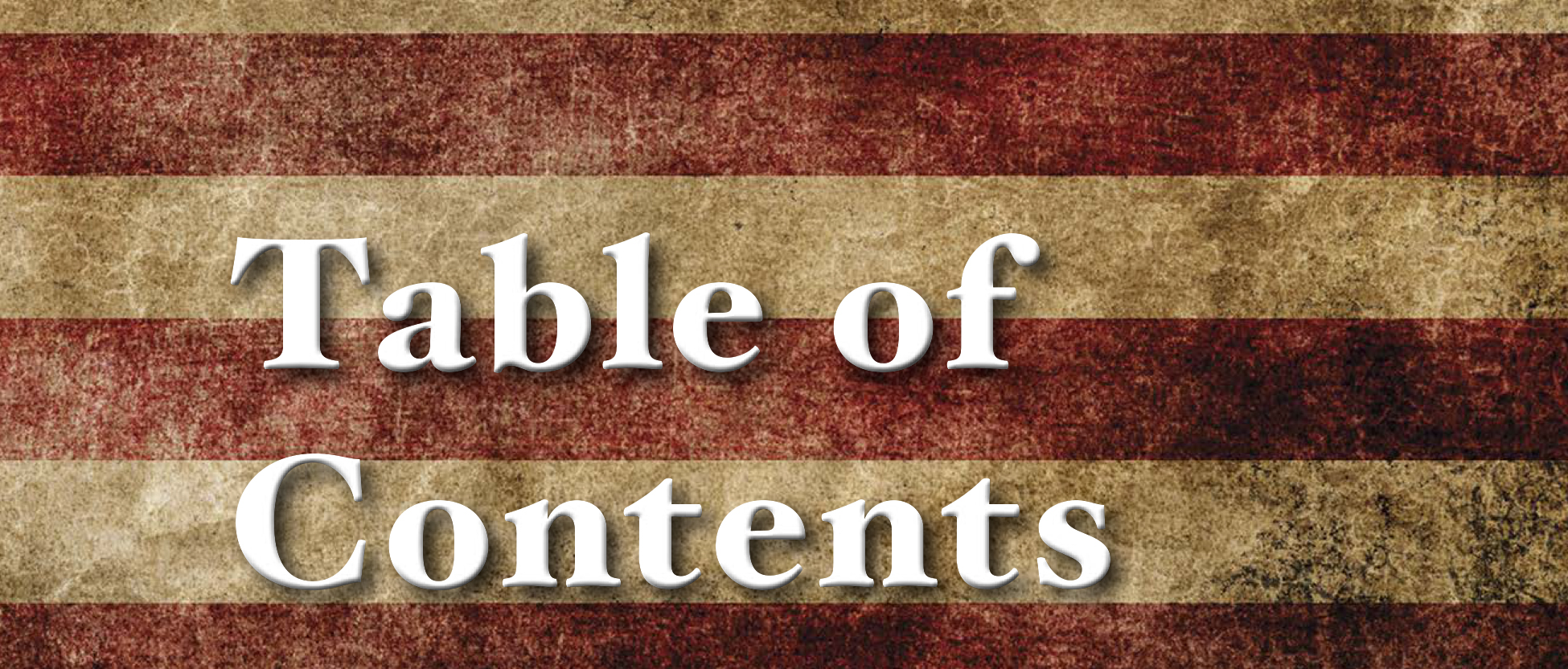
G eorge W. Bush, the oldest son of former US president George H. W. Bush, emerged from the shadow of his famous father to be elected president himself in 2000. As a popular governor of Texas, Bush had won national attention as a so-called new Republican who combined traditional Republican Party values with a self-described compassionate conservative social outlook. In describing his philosophy, Bush explained:
It is compassionate to actively help our fellow citizens in need. It is conservative to insist on responsibility and results. And with this hopeful approach, we will make a real difference in peoples lives.
Bushs combination of country-boy charisma and boundless enthusiasm eventually helped him win election as the countrys forty-third chief executive. With his victory, he took his place alongside John Quincy Adams as the second son of a president also to serve in the office.
To reach the White House, however, Bush had to win one of the closest and most fiercely contested presidential elections in US history. The final popular vote totals put Bush behind the Democratic candidate, Vice President Al Gore, by some 500,000 votes out of more than 100 million votes cast. Bush carried enough states, however, to give him a total of 271 votes in the electoral college, one more than the minimum number required to take the presidency. Gore fell just short, with 266 electoral votes. With the Republican victorywhich was assured only after weeks of recounts and legal challengesBush became the first president to be elected despite losing the popular vote since 1888.

President George W. Bush addresses the nation from the Oval Office after the terrorist attacks of September 11, 2001.
Bush had the advantage of working with a Republican-led Congress. Soon after his election, he moved through Congress a huge tax cut favoring those with high incomes. He rolled back several environmental policies and appointed a panel that favored the partial privatization of Social Security. In foreign affairs, the administration took a unilateral, even isolationist, approach, adopting a hard line toward China and withdrawing from work on treaties dealing with matters such as global warming and bioterrorism.
Bushs presidency was transformed, however, when he was faced with his greatest challenge on September 11, 2001. Some three thousand people died after terrorists from the Islamic extremist group al-Qaeda flew hijacked airplanes into the World Trade Center in New York City and the Pentagon near Washington, DC. The American people rallied around the president, and a poll taken shortly afterward gave Bush no less than a 90 percent approval rating. The focus of the administration shifted to what came to be called the war on terrorism. Abandoning previous policies, the president consulted with governments throughout the world to develop a coalition and support for military action against the Taliban government in Afghanistan. The Taliban harbored Osama bin Laden, the apparent mastermind of the September 11 attacks. Bush won promises of cooperation even from Russia and China.
A critic of big government, Bush now pushed for expanded powers. He created the Cabinet-level Office of Homeland Security and won a vast expansion of intelligence-gathering powers. In 2002, Bush turned his attention to Iraq. He accused Iraqs president, Saddam Hussein, of supporting al-Qaeda and of having banned weapons. In 2003 a US-led force invaded Iraq. Within a few months, the force overthrew Iraqs government, and Saddam was captured. US troops remained in Iraq to help the country form a new government, but fighting continued.
Although many Americans protested the Iraq War and were dissatisfied with the poor economy, Bush won reelection in 2004. In his second term, his approval ratings sank as the wars in Iraq and Afghanistan dragged on and the economy continued to struggle. The unpopularity of Bush and his party helped Democrat Barack Obama defeat Republican John McCain in the presidential election in 2008.
When Bush left office, the United States was politically divided to an extent not seen since the Vietnam War. While Bushs critics faulted him for the many problems that the country faced, his supporters staunchly defended him as a strong leader who had guided the country through one of the most dangerous periods in its history. This book profiles a leader whose victories and defeats will be hotly debated for decades to come.



